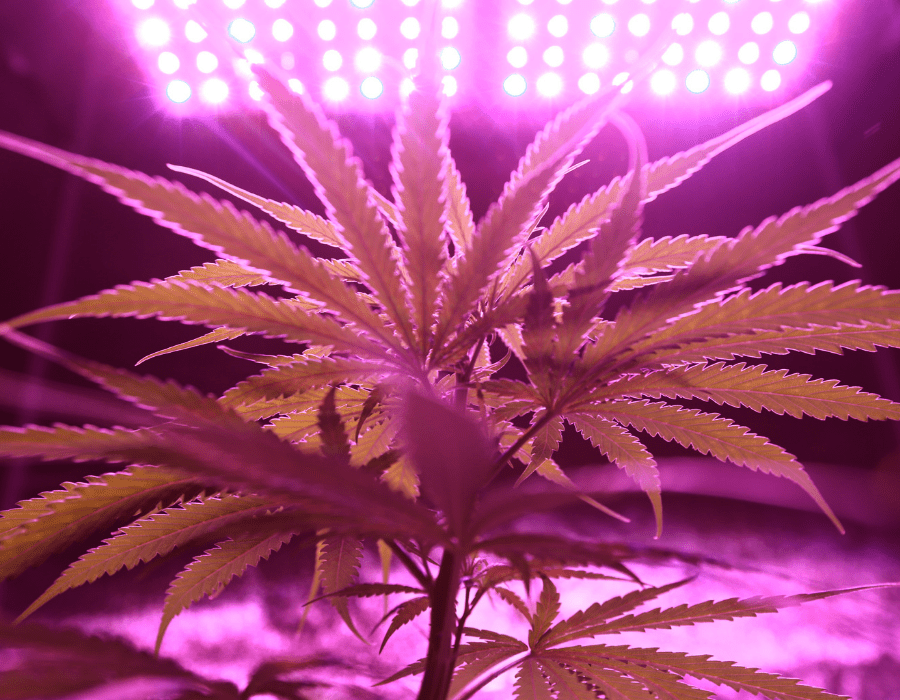The most potent cannabis in nature grows in high altitude mountain peaks and low latitudes near the equator. Interestingly, these two environments experience some of the highest levels of ultraviolet rays on earth. As a result, anyone growing marijuana outdoors in either one of these landscapes can expect overwhelmingly powerful plants rich in THC.
Scientific research into this phenomenon unveils a distinct correlation between ultraviolet rays, particularly UVB light, and increased THC production within cannabis plants. In addition, studies determined the stress from exposure to ultraviolet rays stimulates a plant’s defence system.
Furthermore, findings reveal that the plant’s natural reaction to the intense UVB rays directly affects the synthesis of cannabinoid and terpenoid compounds found in cannabis trichomes. Ultraviolet rays are radiation, and the fierce rays can be harmful to both humans and plants.
With this knowledge, though, marijuana growers can learn to manipulate UVB frequencies in a grow room under grow lights to increase THC content and cannabinoid production in cannabis plants.
What is Ultraviolet Radiation?
Ultraviolet radiation is electromagnetic energy that naturally comes from the sun. The light emitted from the ultraviolet spectrum isn’t visible to the naked eye; however, these rays are powerful. Human-made products such as mercury bulbs, tanning beds, and welding torches utilize ultraviolet energy in their applications. There are three different types of UV frequencies, categorized by their wavelengths.
UVA appears just below the visible light spectrum between 320 – 400 nanometers (nm). Their low energy, long wavelengths are 95% of the ultraviolet rays that reach the earth’s surface. UVA rays quickly sunburn human skin and can cause some skin cancers, especially when sunscreen isn’t used. In plants, UVA radiation sends photosynthesis into overdrive on a hot summer day.
On the other end of the UV spectrum, high energy, short-wavelength UVC rays don’t reach the earth’s surface as the ozone filters them out. These potent ultraviolet frequencies range between 100 – 290nm and are extremely dangerous. UVC frequencies are commonly used in sterilization processes.
The wavelengths that have the greatest influence on cannabis plant development are UVB rays. These intense rays fall between 290 – 320nm, but studies have shown that lower frequencies between 280 – 290nm make marijuana plants react more vigorously. This reaction occurs because UVB light rays ignite a plant’s defence system to kick in.
One of marijuana’s greatest attributes is the sticky, resinous coating of trichomes covering the plant in the flowering stage. Inside the mushroom-shaped structures is where the synthesis of valuable cannabinoids and terpenoids occurs. These magical structures are also a defence mechanism when the cannabis plant becomes stressed.
